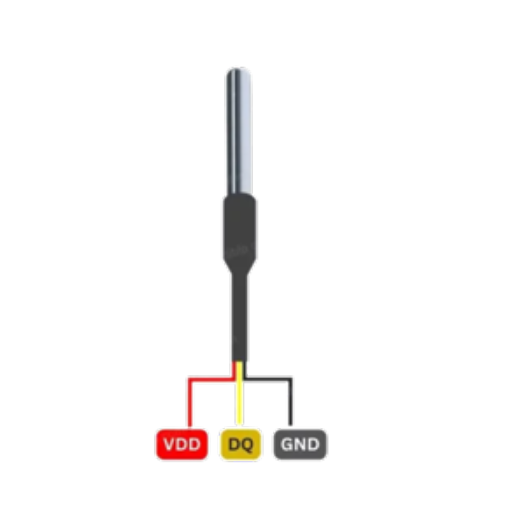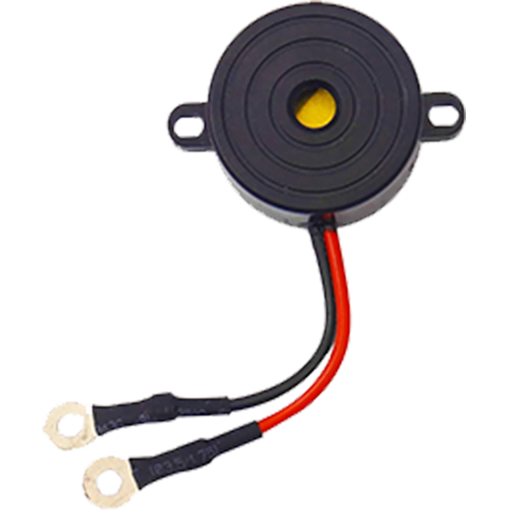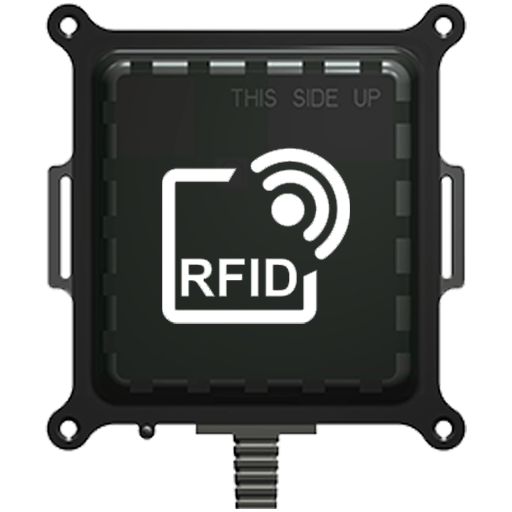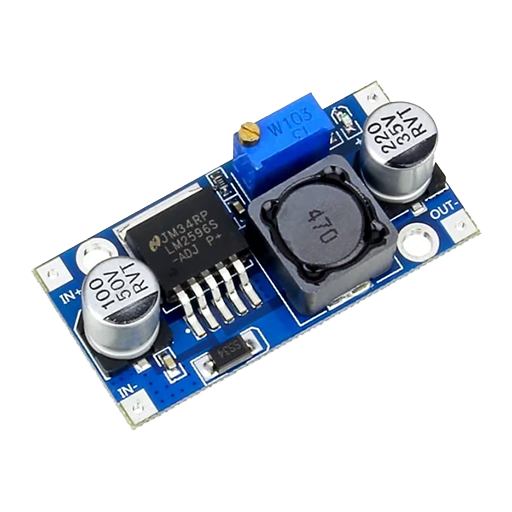VLTD
The AIS 140 VLTD is an advanced GPS tracking device that conforms to the Automotive Industry Standards 140 (AIS 140) in India. It is specifically designed for vehicle tracking and monitoring purposes. With its integration of GPS & IRNSS technology and 2G connectivity, the AIS 140 VLTD provides accurate and real-time location tracking for enhanced vehicle security and fleet management. It offers a range of advanced features suitable for both individual and commercial use. Compliance with the AIS 140 VLTD regulation is mandatory for all commercial vehicles, ensuring continuous tracking and tracing capabilities.
The distinguishing feature of the AIS 140 VLTD is its utilization of GPS & IRNSS technology, which enables precise location tracking by receiving signals from a network of satellites orbiting the Earth. This location data is then transmitted to the VAAHAN server, facilitating seamless and reliable communication for delivering real-time updates on the vehicle’s position.
- Digital Inputs
- Digital Output
- Analog input
- Panic Button
- Driver Behaviour
- Built-in Battery
- FOTA & OTA
- 9V to 36V DC Input
- Dual IP for Data
- Dual Profile eSIM
- 1-WIRE temperature
- Buzzer, Voice Box
Request This Service
Compliance with Indian regulations for improved fleet management and safety
In order to enhance passenger safety in public and commercial transportation following the Nirbhaya incident in Delhi in 2012, the government has implemented various measures. Numerous laws and proposals have been put forth to prevent similar occurrences and ensure the security of commercial transportation. The AIS 140 VLTD is a pivotal regulation requiring all commercial vehicles to be equipped with AIS 140 GPS devices, enabling continuous tracking and tracing. Women’s safety in public transport is further prioritized by the AIS 140 VLTD’s emergency alert system.
Each row of public transport is installed with AIS 140 VLTD, including a Panic button, allowing passengers to easily raise alerts in case of emergencies. Once the VLTD Panic Button is pressed, a state response team promptly responds and dispatches the nearest Police Vehicle. Moreover, the AIS 140 VLTD supports historical data logging, providing users with the ability to review past routes and vehicle activities. This historical data is useful for analyzing vehicle performance, verifying route adherence, and conducting post-incident investigations. AIS 140 VLTD device are predominantly manufactured in India under the Make In India initiative.

VOICE BOX

TEMPERATURE

BUZZER

RFID

FUEL ROD

100V POWER
AIS 140 VLTD
Compare Models
M2C2031
2G AIS 140 VLTD- IRNSS & GNSS GSM QUAD BAND WITH BTS ID
- BUILT-IN GSM & GPS INTERNAL ANTENNA
- GPRS MULTI-SLOT CLASS 12
- 4 DIGITAL INPUTS
- 2 DIGITAL OUTPUTS
- 1 SERIAL PORT
- INTERNAL MEMORY 32000 LOGS
- 600 mAh INTERNAL BATTERY
- PROGRAMMABLE ALERTS
- PROGRAMMABLE DUAL IP ADDRESS
- DRIVER BEHAVIOUR, HARSH BRAKING
- FOTA & OTA
- 9V TO 36V DC INPUT
- OPERATING TEMPERATURE -40 ℃ TO +85 ℃
- IP 67 ENCLOSURE
- 90MM(L) X 85MM(W) X 35MM(H)
- 2 ANALOG INPUT
- 485 OPTIONAL
M2C4030
4G AIS 140 VLTD- IRNSS & GNSS GSM QUAD BAND WITH BTS ID
- BUILT-IN GSM & GPS INTERNAL ANTENNA
- GPRS MULTI-SLOT CLASS 12
- 4 DIGITAL INPUTS
- 2 DIGITAL OUTPUTS
- 1 SERIAL PORT
- INTERNAL MEMORY 32000 LOGS
- 600 mAh INTERNAL BATTERY
- PROGRAMMABLE ALERTS
- PROGRAMMABLE DUAL IP ADDRESS
- DRIVER BEHAVIOUR, HARSH BRAKING
- FOTA & OTA
- 9V TO 36V DC INPUT
- OPERATING TEMPERATURE -40 ℃ TO +85 ℃
- IP 67 ENCLOSURE
- 90MM(L) X 85MM(W) X 35MM(H)
- 2 ANALOG INPUT
- 485 & CAN
Address
10184, 4th Floor, Arya Samaj Road, Karol Bagh, New Delhi 110005 India
Phone
+91-7042392617
sales@m2cloud.in

